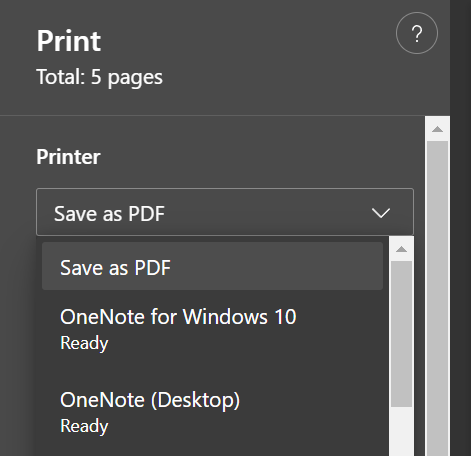Agricultural Technology
Re-engineering the Paddy Rice Drying System
Climate Adaptation Effectiveness
This technology can be used to reduce the drying time of grains especially those affected by intense rainfall events and typhoons.
Climate Hazards
- Rain-Induced Flooding
- Rainfall Variability
- Tropical Cyclone
Locations
- Muñoz, Nueva Ecija, Region III (Central Luzon)
Adaptation Sectors
- Agriculture
CCET Instuments
- Action Delivery
Target Group based on Vulnerability
Basic Sectors:
- Children
- Farmers and Landless Rural Workers
- Indigenous Peoples
- Persons with Disabilities
- Senior Citizens
- Women
- Youth and Students
Evaluations
Economic / Financial Effectiveness
Compared to the newly developed prototype system, the use of existing mechanized drying systems entail higher costs. In Nueva Ecija, the cost of using a mechanical dryer is PhP 55.00 per 50-kg bag excluding the transport and hauling costs. Farmers with flat bed dryers hire at least two (2) workers who would operate the tractor for hauling and another one for operating the dryer, increasing the production cost. The cost of drying (including handling) using the prototype system is lower than other existing practices except sun drying.
Technical Feasibility
Building the developed prototype system requires much technical knowledge on the use of the equipment. The drying bags are supported by galvanized iron and are assisted by a carrier as it moves the bag to the air heating and drying component. The heat coming from the drying equipment is generated by a continuous-type rice hull carbonizer. When the drying operation is done, the grains remain in the temporary shelter. The prototype system is effective in decreasing the time needed to lower moisture content of grains by as much as 21%-22% for up to 8 hours. However, the resulting moisture content of the grains have a wide variation which needs to be refined in future designs.
Social Acceptability
Only a few trials were done and the prototype system is still subject to redesigning.
Environmental Impact
Mitigation co-benefit
There is no direct mitigation co-benefit for this solution.
Keywords
Re-engineering paddy rice drying system, rice drying technology mechanize operation from harvesting to drying, reduce dring time, reduce labor requirement, reduce cost, postharvest technology
References
